Face Masks vs. the Coronavirus? Maybe Not
As the coronavirus continues to spread, along with the accompanying panic, face masks have been flying off the shelves. So maybe you think the best way to avoid catching it is to don a white mask.
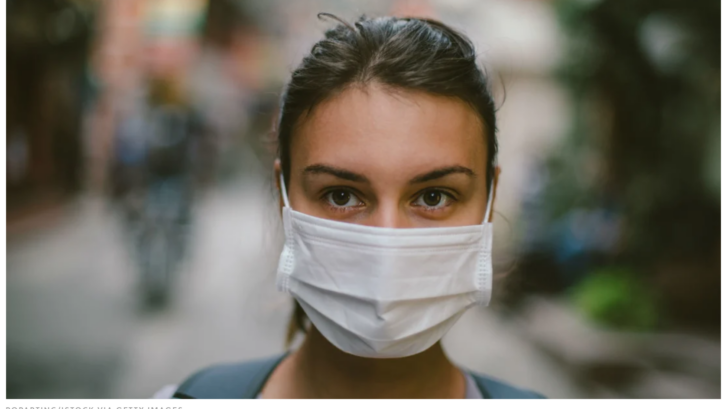
As the coronavirus continues to spread, along with the accompanying panic, face masks have been flying off the shelves. So maybe you think the best way to avoid catching it is to don a white mask.

High blood pressure (hypertension) can be deadly. In addition to spawning myriad health problems including heart attacks and strokes, other illnesses associated with hypertension can include kidney disease, blindness, and dementia. Unfortunately, it rarely produces detectable symptoms in sufferers until it has done serious damage.
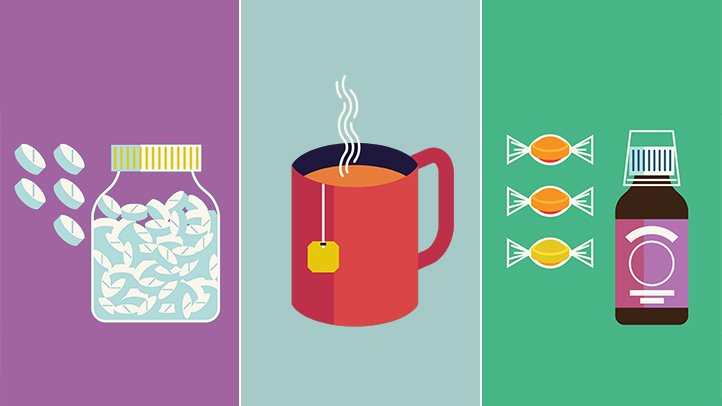
Our concierge doctors at MD 2.0 can help if you contract a severe cold or the flu, but we also know that the best way to fight these unpleasant—and sometimes deadly—infections are to head them off before they strike.
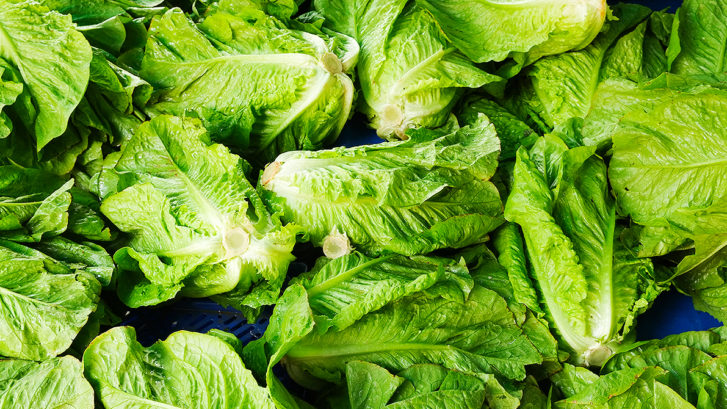
Just in time for your holiday meals, one popular salad staple has landed—again—on the recall list. Our concierge family practice doctors in Jupiter are as curious as you are about the seemingly endless recalls of romaine lettuce, so we wanted to look into why this keeps happening:
We wondered: Is there something about romaine lettuce, in particular, that attracts the E. coli bacterium? As it turns out, there seem to be two factors implicated in the repeated outbreaks: the locations where it’s grown and the shape of its growth.
Unfortunately, despite the concerted efforts of federal, state, and local scientists, no one seems to have a definitive answer as to why this otherwise healthy and tasty vegetable has been causing so many problems recently. But researchers are getting closer.
Most recent outbreak
Symptoms of E. coli bacterial infection include stomach pain or non-bloody diarrhea that worsens over several days. It can take up to 10 days to begin feeling symptoms after consuming affected food, which is why outbreaks are so difficult to track down.
The infection is normally self-limiting, meaning the body fights it off with no complications other than feeling fairly miserable for a few days. But it can also lead to more severe complications, especially for infants and children under five, older adults, and those with compromised immune systems.
In the most recent outbreak last month, 67 incidents of food poisoning linked to romaine lettuce were reported across 19 states. On November 26th, the Centers for Disease Control and Prevention (CDC) warned consumers not to eat any romaine lettuce grown in the Salinas area. This includes any type of romaine lettuce, as well as pre-cut or premixed or packaged salads, spring mixes, and Caesar salad, or any sandwiches or wraps that might contain romaine lettuce.
Whether the label says “grown in Salinas” or doesn’t specify its origin, the CDC recommends discarding it. Romaine lettuce that has been grown in a greenhouse or hydroponically appears to be safe.
Possible causes
Nearly all romaine lettuce grown in the U.S. originates from two main areas: the Salinas Valley in California and the Imperial and Coachella valleys in Southern California and around Yuma, Arizona.
The affected lettuce has been found to be contaminated with a strain of E. coli known as O157:H7, which produces a type of toxin that can lead to severe gastrointestinal illness, as well as kidney failure, and possible death.
This particular strain is common in animals, including goats, deer, feral pigs, and especially cattle. Last year’s outbreak was attributed to contamination of surface water possibly used to irrigate and harvest the crop (with high-pressure water knives, which are used to cut the vegetables, as opposed by slicing them from the roots by hand).
Perhaps not surprisingly, many of the outbreaks have occurred within weeks of the time when nearby farming operations fertilize their fields. And the spring 2018 outbreak was tentatively linked to a nearby cattle factory farm, although no conclusive cause was proved. It would certainly make sense, however, if such a concentrated source of bovine fecal matter was so close, that the contamination could have migrated from that source.
The other problem with romaine lettuce is that it’s normally not cooked. Because of the large-scale way we produce our food, much of it is contaminated with such bacteria as E. coli and salmonella, which proper cooking methods destroy. But because romaine’s crinkled leaves grow in an elongated rosette shape, it’s difficult if not impossible to wash it sufficiently to remove all of the surface contamination.
What should you do?
The U.S. Food and Drug Administration (FDA) provides the following advice to minimize the chances of contamination.
Always practice safe food handling and preparation measures. Wash hands, utensils, and surfaces with hot, soapy water before and after handling food.
For refrigerators and other food preparation surfaces and food cutting utensils that may have come in contact with contaminated foods, it is very important to thoroughly clean these areas and items.
Consumers should follow these simple steps:
If you think you have become ill from eating contaminated foods, be sure to talk to us. While food poisoning may result in nothing more than a few days of misery, it can also be dangerous. We can advise you on the best ways to recover.
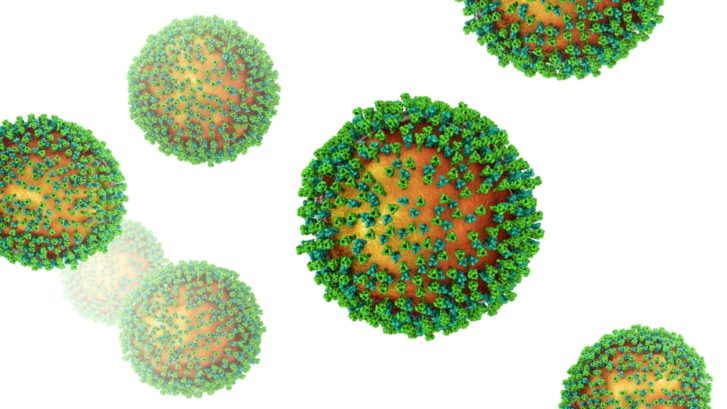
Our concierge family practice doctors at MD 2.0 in Jupiter are used to hearing reports of norovirus outbreaks, but it seems that lately there have been more than the usual number:

If you’re one of the 36 million Americans who still smoke, you probably already know all the ways it can harm you. Tobacco use is still the single largest preventable cause of disease and premature death in the country. In 1977 the American Cancer Society began to sponsor the Great American Smokeout on the third Thursday of November to encourage Americans to quit.

Our concierge family practice doctors in Jupiter are all in favor of sanitation, but we also know it’s possible to take cleanliness too far. When it comes to kids, a little dirt now and then is not necessarily a bad thing.
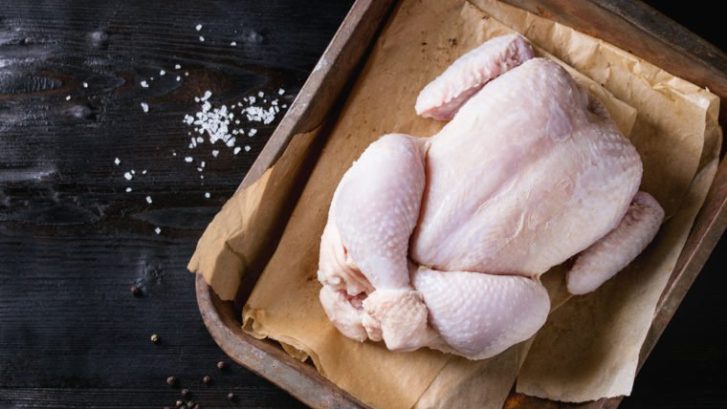
Our concierge family practice doctors at MD 2.0 in Jupiter understand that old traditions die hard, especially if it’s something learned from our parents, who learned it from their parents, and so on. But if you’re one of those who steadfastly wash your chicken before you cook it, we’d like to try to convince you to stop doing that, for the sake of your health.
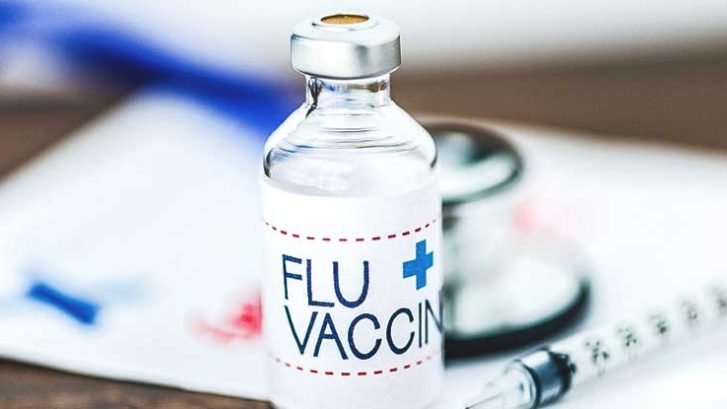
Halloween is full of scary fun. But here’s something to really be scared about: not getting a flu shot. While you’re planning your costume and your parties, remember to carve out a moment to get protected against this dangerous disease.
The Centers for Disease Control and Prevention (CDC) has recommended that all adults and children over the age of six months receive their flu shot by the end of October, and our concierge family doctors in Jupiter second that advice.

Every year, more than 500,000 people go to emergency rooms for problems associated with kidney stones, according to the National Kidney Foundation (NKF). And if you’ve ever had one, the intense pain you experience will ensure you’ll never want to have another one.